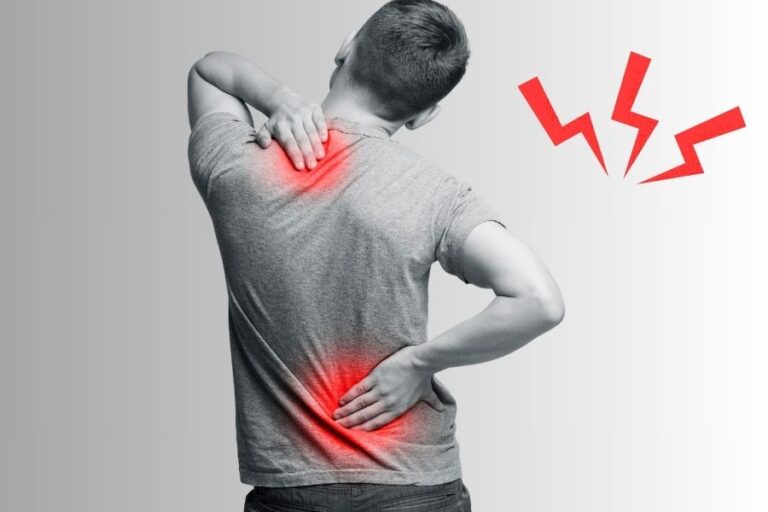- Phone: +91 94800 58379
- Mon-Sun 24/7
- contact.sanyrahospital@gmail.com


Pain Management

Pain management is an integral aspect of medicine and healthcare, offering acute to chronic relief through multidisciplinary methods. Practitioners such as doctors, pharmacists, psychologists, physiotherapists, occupational therapists and dentists may all play a part in managing acute or chronic pain through multidisciplinary approaches such as biofeedback or cognitive behavioral therapy. Effective pain management aims at both alleviating suffering while understanding it better so individuals may live happily regardless of its presence; treatment approaches for chronic pain may include medications and interventional procedures alongside physical therapy such as physical therapy exercises along with biofeedback/CBT approaches as treatments approaches used as measures against it.
Some illnesses and disorders, like appendicitis and shingles, also cause acute pain.
• Chronic pain, lasting over six months, can result from untreated injuries, diseases, arthritis, fibromyalgia, or nerve damage. It can also include low back pain.
• Nociceptive pain occurs when nerve cell endings (nociceptors) send pain signals to the brain during injuries, such as breaking a bone, bumping a head, or pulling a muscle. It can be sudden, short-lived, or long-lasting, affecting internal organs or the musculoskeletal system.
• Neuropathic pain occurs when nerves mistakenly send pain signals to the brain, causing issues like diabetes, MS, and HIV.
For severe discomfort due to medical conditions or injuries that necessitate surgical correction, procedures may be needed in order to address their root causes.
Benefits implementing an effective pain management plan has several distinct advantages that benefit physical and mental wellbeing, pain relief and response to chronic discomfort; though sometimes not resulting in complete relief.
Different pain management approaches carry their own associated risks. Speak to your provider regarding medication side effects as well as potential adverse events associated with injections, hands-on treatments or other procedures.
Healthcare providers must tailor individual pain management plans, taking into account side effects and risks when making recommendations to relieve physical, emotional, and social aspects of pain. Collaboration between patients and healthcare teams must take place for effective holistic pain treatment plans to be developed that address physical, emotional, social factors that contribute to ongoing discomfort. Seeking medical advice for accurate diagnosis as well as effective long-term pain solutions is vitally important.

We are happy to assist you! Fill the form we will contact you soon!
Sanyra Hospital is a leading Multi-Speciality Hospital in Kengeri Bangalore and diagnostic centre. With a commitment to providing high-quality healthcare services, it offers a wide range of medical specialties and advanced diagnostic facilities to meet the diverse healthcare needs of the community. We have dedicated urology center & dialysis center.
© 2023, Sanyra Hospital. All Rights Reserved.
WhatsApp us